
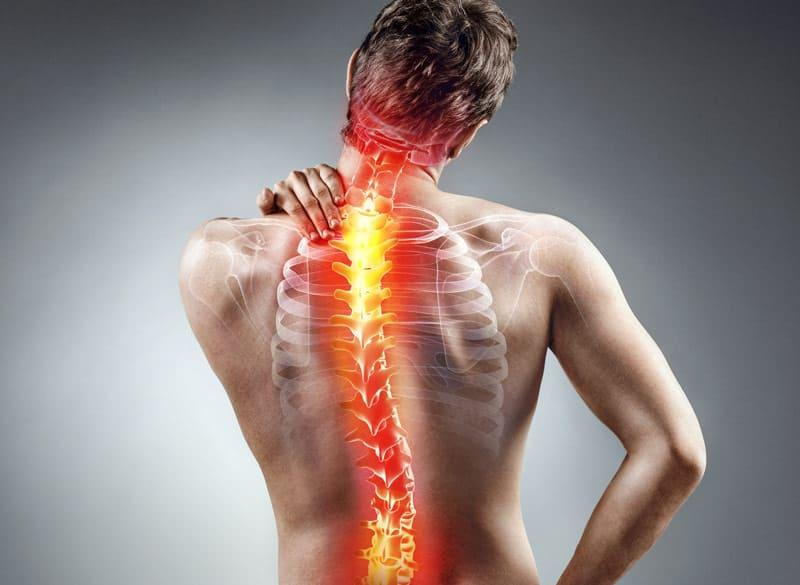
Scoliosis is a condition where the spine curves sideways, resulting in an abnormal curvature of the spine. This condition can affect people of all ages, but it is most commonly diagnosed in children and adolescents. Chiropractic care for scoliosis is a non-invasive approach that can help manage scoliosis symptoms and potentially slow down the progression of the condition. Chiropractic care can help with scoliosis by improving the alignment and mobility of the spine.
Chiropractic care involves the use of manual adjustments to the spine and other techniques to help improve the alignment of the spine. The goal of chiropractic care is to restore proper function to the spine and reduce pain and discomfort associated with scoliosis.
Scoliosis affects the curvature of the spine, causing it to curve to the side. In many cases, scoliosis is mild and may not cause any noticeable symptoms. However, in more severe cases, scoliosis can cause a range of signs and symptoms, including:
It is important to note that scoliosis can affect people of all ages, from infants to adults. In some cases, scoliosis may be detected during routine screenings at school or during a physical examination by a doctor. If scoliosis is suspected, further testing may be required, such as X-rays or MRI scans, to confirm the diagnosis and determine the severity of the condition.
If you or someone you know is experiencing any of the signs or symptoms of scoliosis, it is important to seek medical attention. Early detection and treatment can help prevent scoliosis from progressing and minimize the impact of the condition on your overall health and well-being.
Scoliosis is a condition that can be caused by a variety of factors, including:
It is important to note that in many cases, the exact cause of scoliosis is unknown. However, early detection and treatment can help prevent scoliosis from worsening and improve the overall health and well-being of individuals with this condition.
Chiropractic care for scoliosis is a non-invasive and drug-free approach to managing scoliosis that has several potential benefits for patients, including:
It is important to note that the benefits of chiropractic care for scoliosis may vary depending on the severity and type of scoliosis. You should consult with a chiropractor to determine the most appropriate treatment plan for your needs.
Remember, chiropractors who specialize in treating scoliosis often use a combination of techniques, such as spinal manipulation, stretching, and strengthening exercises to help reduce curvature and improve overall spinal health. These techniques are designed to target the areas of the spine that are affected by scoliosis and help alleviate pain and discomfort.
One of the primary techniques used in chiropractic care is spinal manipulation. This involves the chiropractor applying controlled force to specific areas of the spine to help restore proper alignment and improve spinal mobility. By reducing tension and pressure on the spine, spinal manipulation can help alleviate pain, reduce inflammation, and improve overall spinal function.
In scoliosis, the spine curves to the side, resulting in an abnormal curvature of the spine. This can cause a range of symptoms, including back pain, stiffness, and limited mobility. Spinal manipulation can help address these symptoms by improving spinal alignment and mobility.
During a spinal manipulation session, the chiropractor will carefully evaluate the patient’s spine to identify areas that require treatment. They will then use a variety of techniques, such as joint mobilization, spinal traction, and soft tissue manipulation, to help realign the spine and reduce tension and pressure on affected areas.
Another technique used in chiropractic care is stretching and strengthening exercises. These exercises are designed to improve spinal flexibility, increase the range of motion, and strengthen the muscles that support the spine. By improving spinal function, patients may experience a reduction in scoliosis-related symptoms, such as back pain and stiffness.
In addition to manual therapies, chiropractors may also recommend other treatments to help manage scoliosis symptoms, such as massage therapy, acupuncture, and nutritional counseling. These complementary treatments can help reduce inflammation, promote healing, and improve overall wellness.
One of the main benefits of chiropractic care is that it is a non-invasive approach to treatment. Unlike surgery, which can be risky and invasive, chiropractic care is generally considered safe and has few side effects. Chiropractic care can also be used in conjunction with other treatments, such as physical therapy or bracing, to help manage scoliosis symptoms and improve overall spinal health.
It is important to note that chiropractic care is not a cure for scoliosis. However, it can help manage symptoms and potentially slow down the progression of the condition. In some cases, chiropractic care may even help prevent scoliosis from worsening over time.
If you are considering chiropractic care for scoliosis, it is important to find a qualified chiropractor who has experience treating this condition. Your chiropractor should have a thorough understanding of scoliosis and be able to create a personalized treatment plan that addresses your unique needs and goals.
Chiropractic care can be an effective approach to managing scoliosis symptoms and potentially slowing down the progression of the condition. With the help of a qualified chiropractor, patients with scoliosis can improve their overall spinal health and enjoy a better quality of life.
If you or a loved one are experiencing symptoms of scoliosis, chiropractic care can be an effective and non-invasive approach to managing your condition. At Advanced Health Solutions – GA Spine & Disc, our team of experienced chiropractors is committed to providing personalized chiropractic care to help you achieve optimal health and well-being.
With chiropractic adjustments, we can help improve spinal mobility, reduce pain and discomfort, correct postural imbalances, and prevent the progression of scoliosis. Our approach is focused on addressing the root cause of your symptoms and promoting natural healing processes to help you achieve lasting relief.
Don’t let scoliosis hold you back from living your best life. Contact us today at (770) 926-9495 or fill out our online contact form to schedule an appointment with one of our chiropractors and take the first step towards a healthier spine and a better quality of life.

Chiropractic Care for Scoliosis


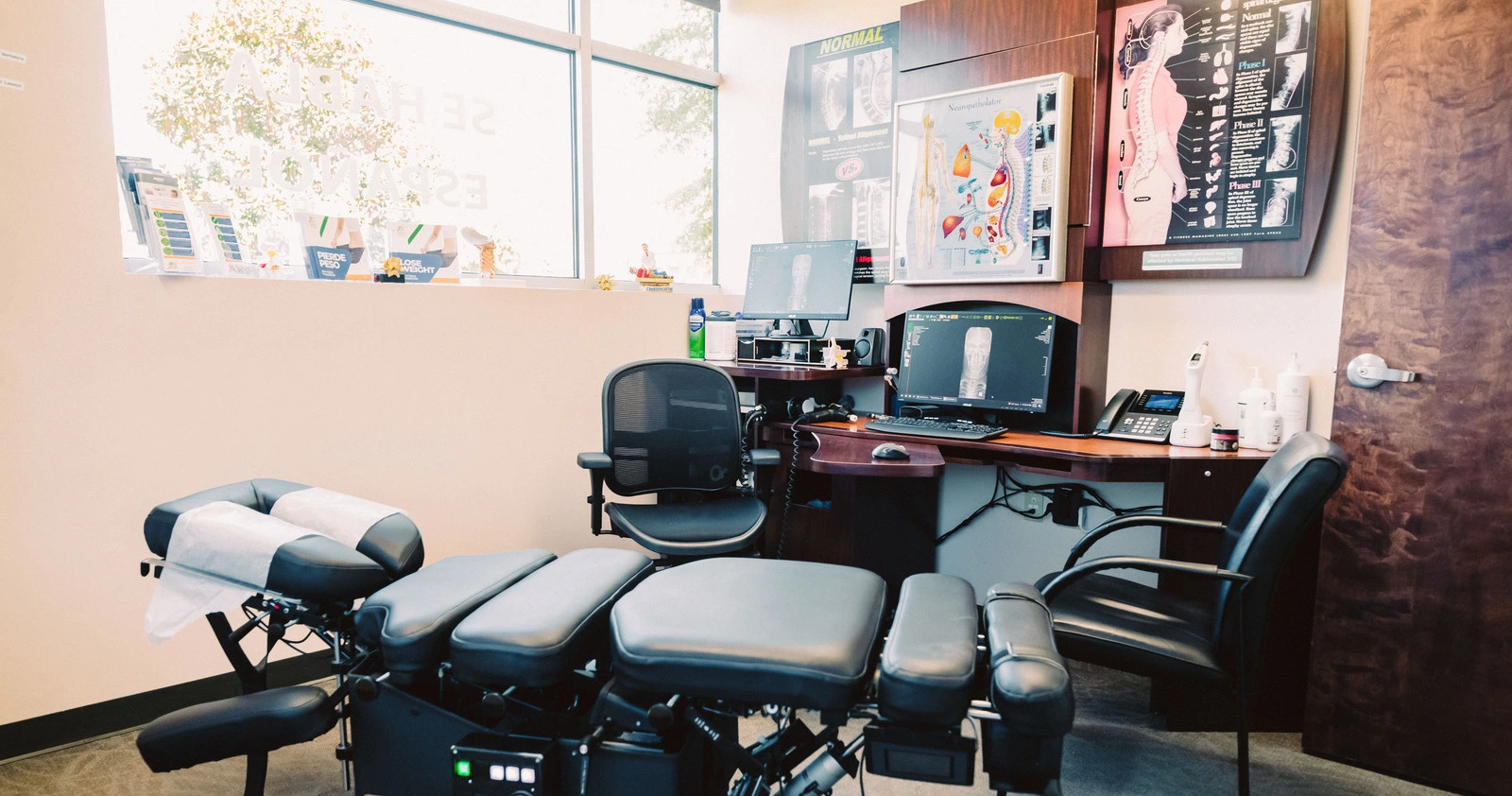

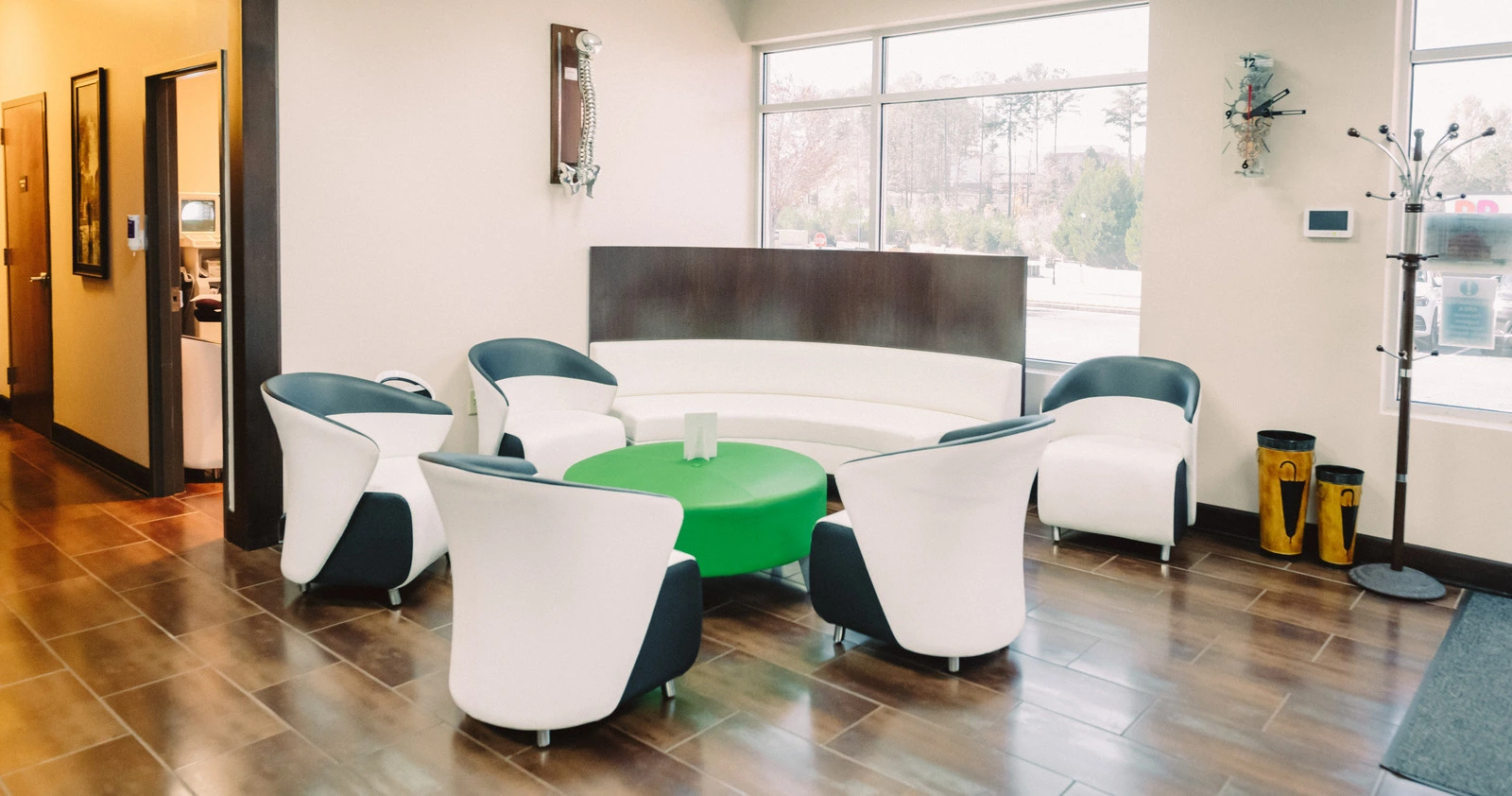


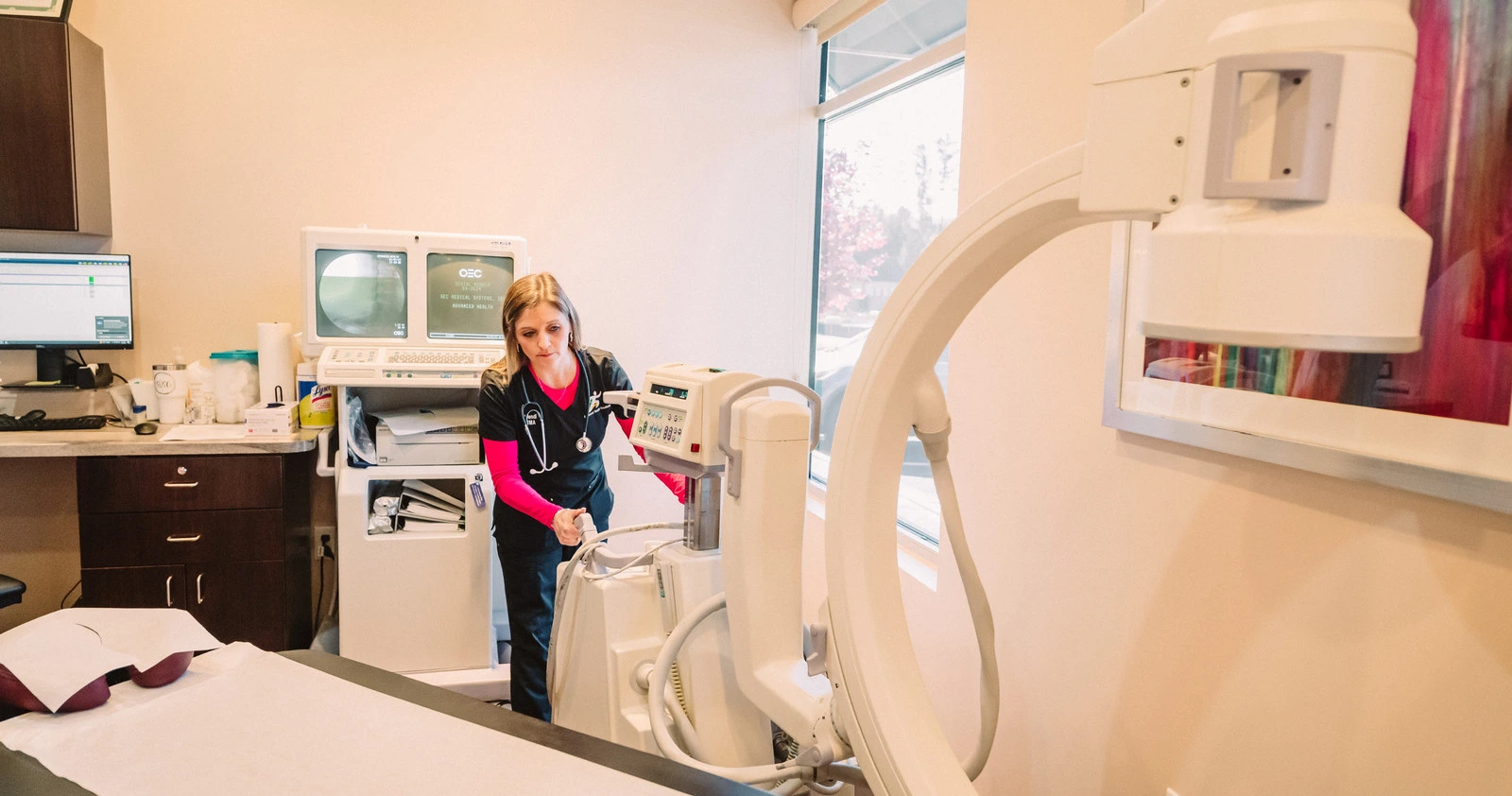
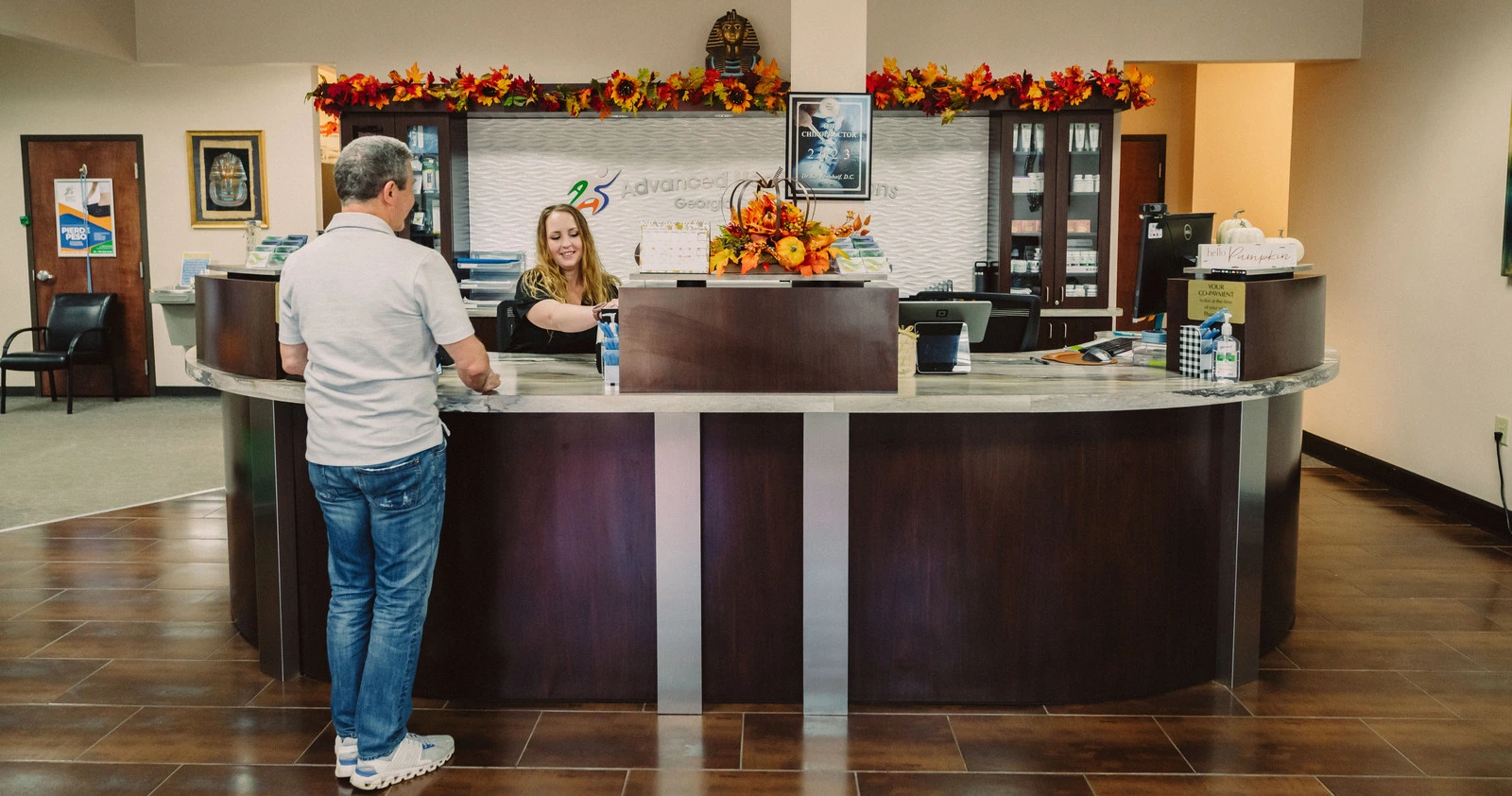
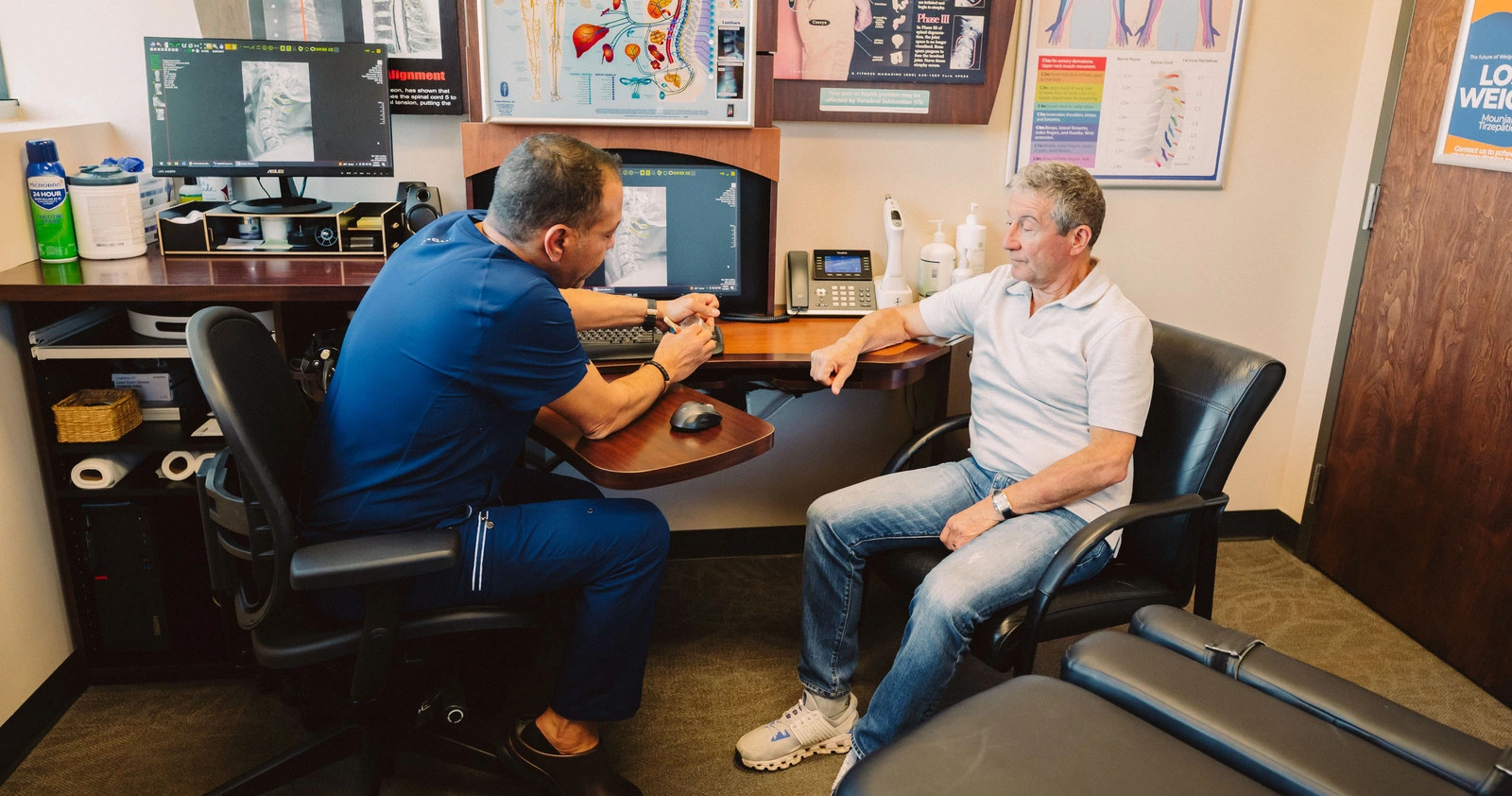


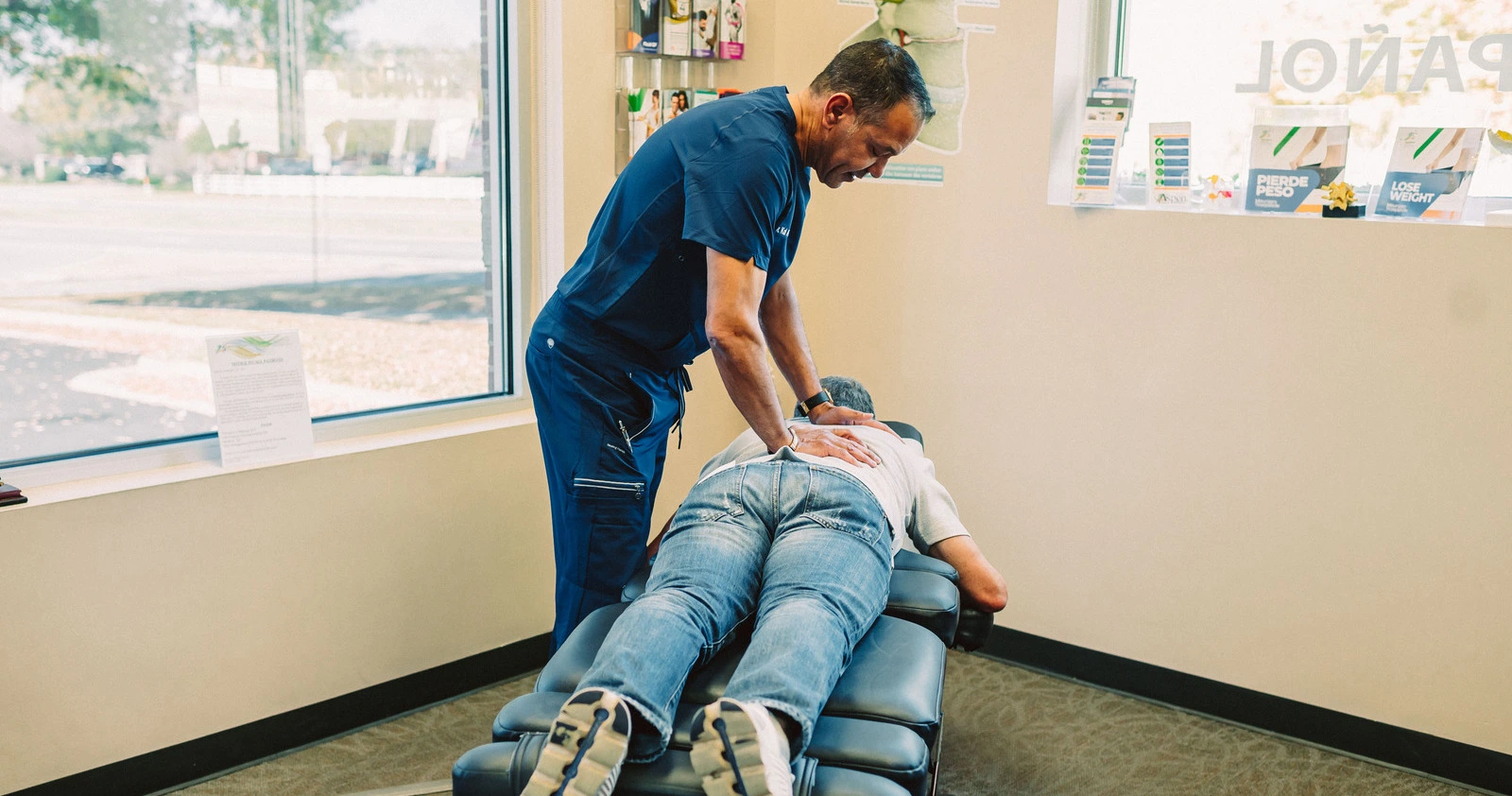
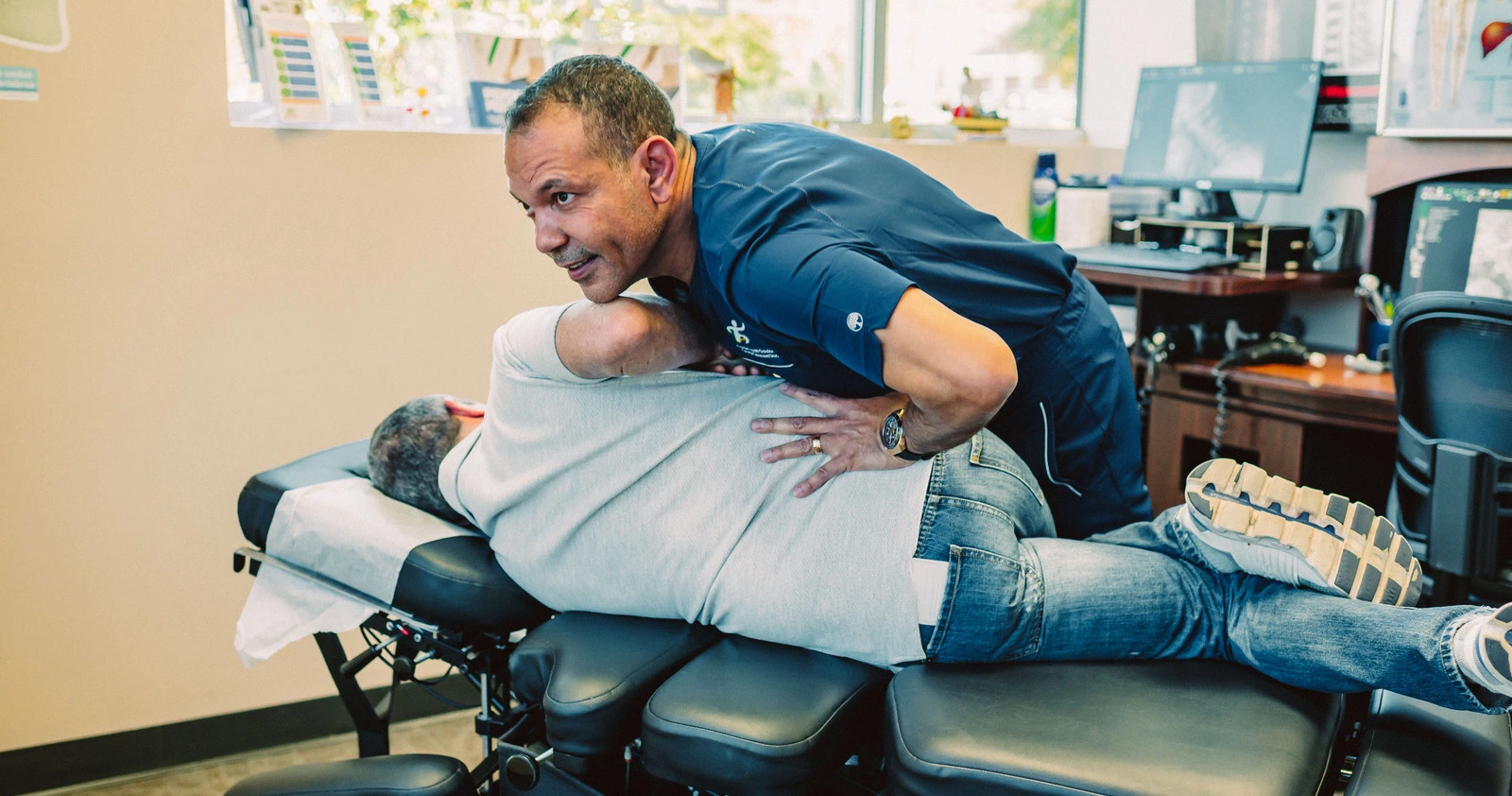
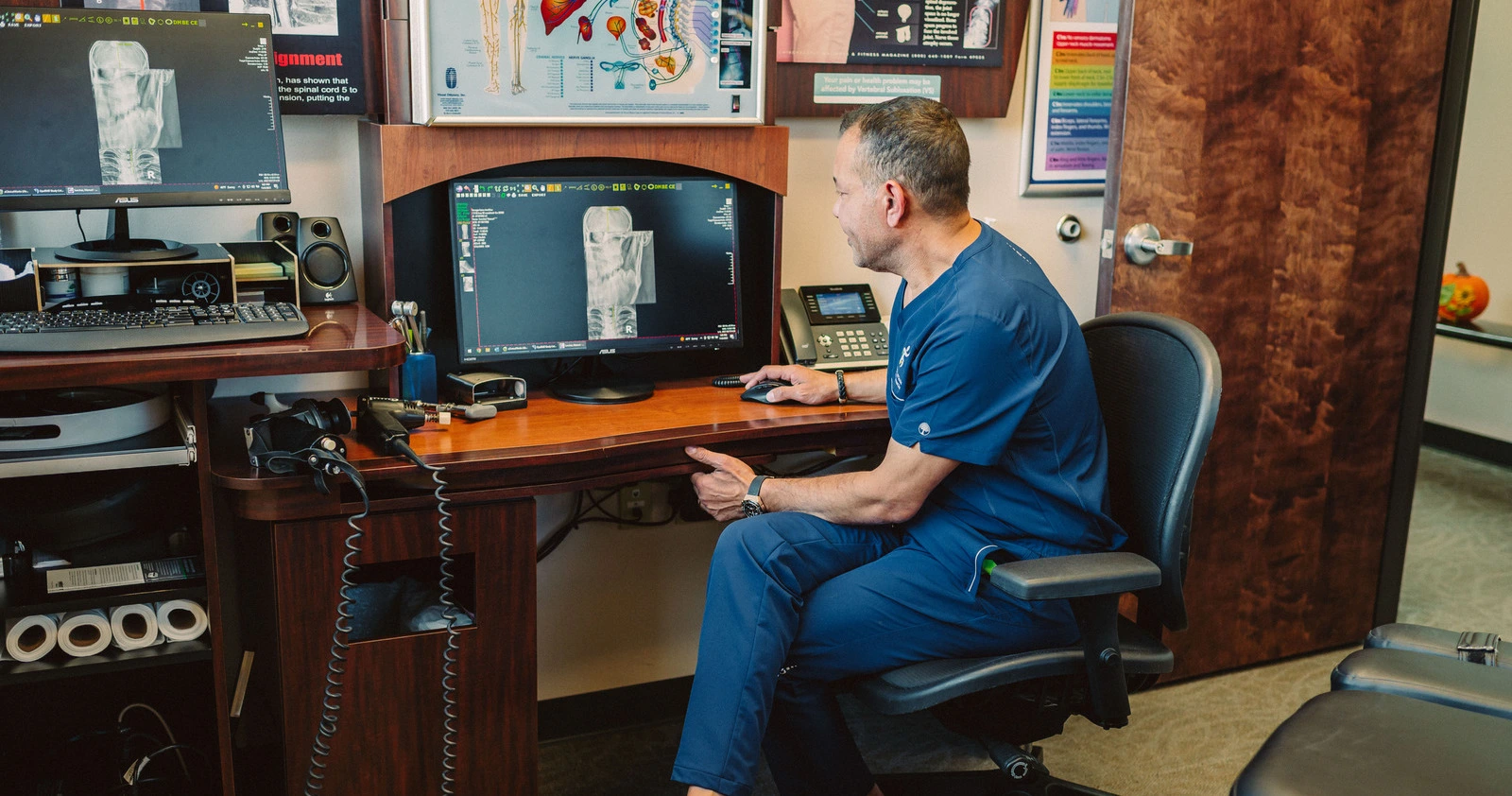

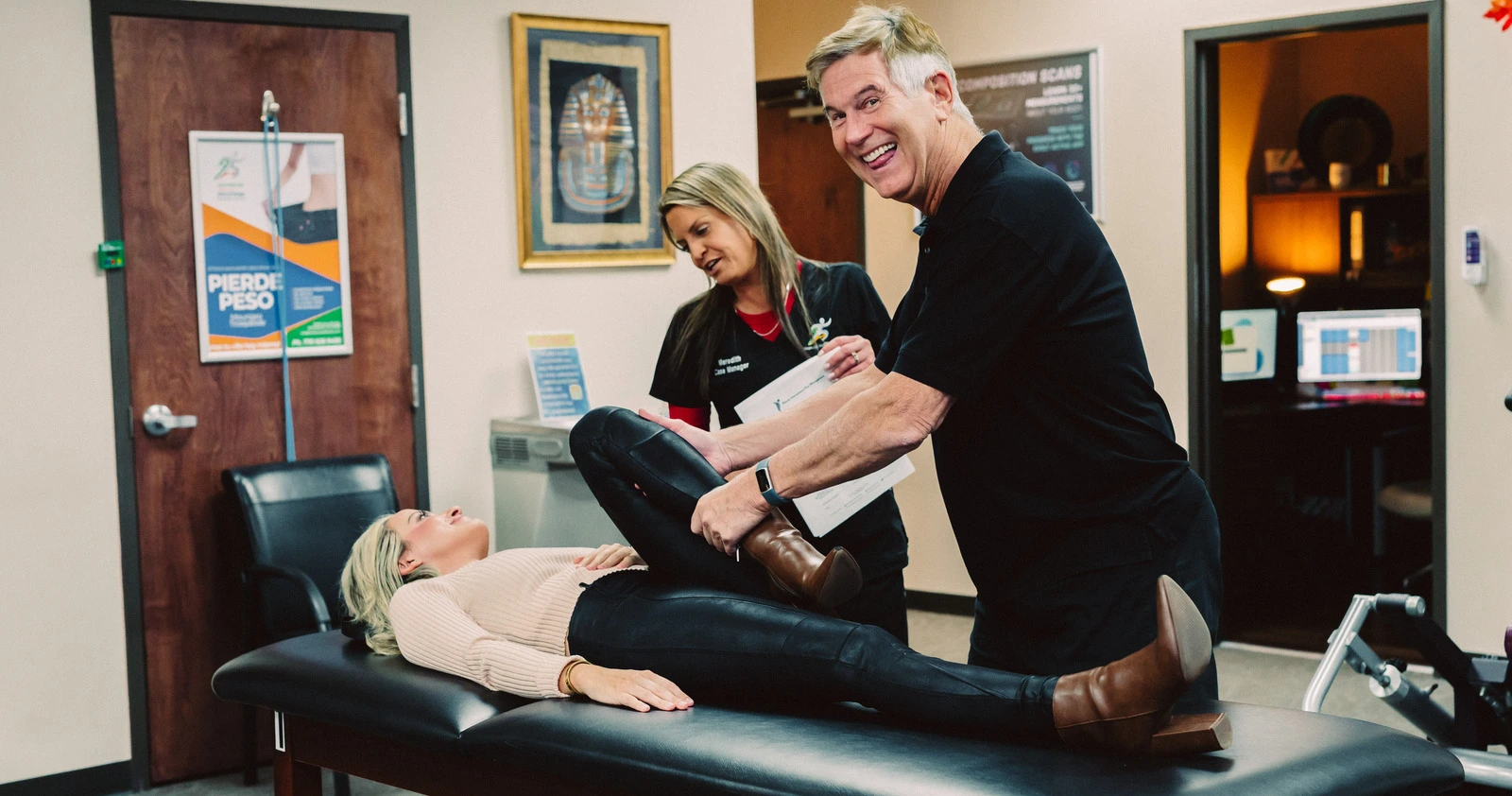
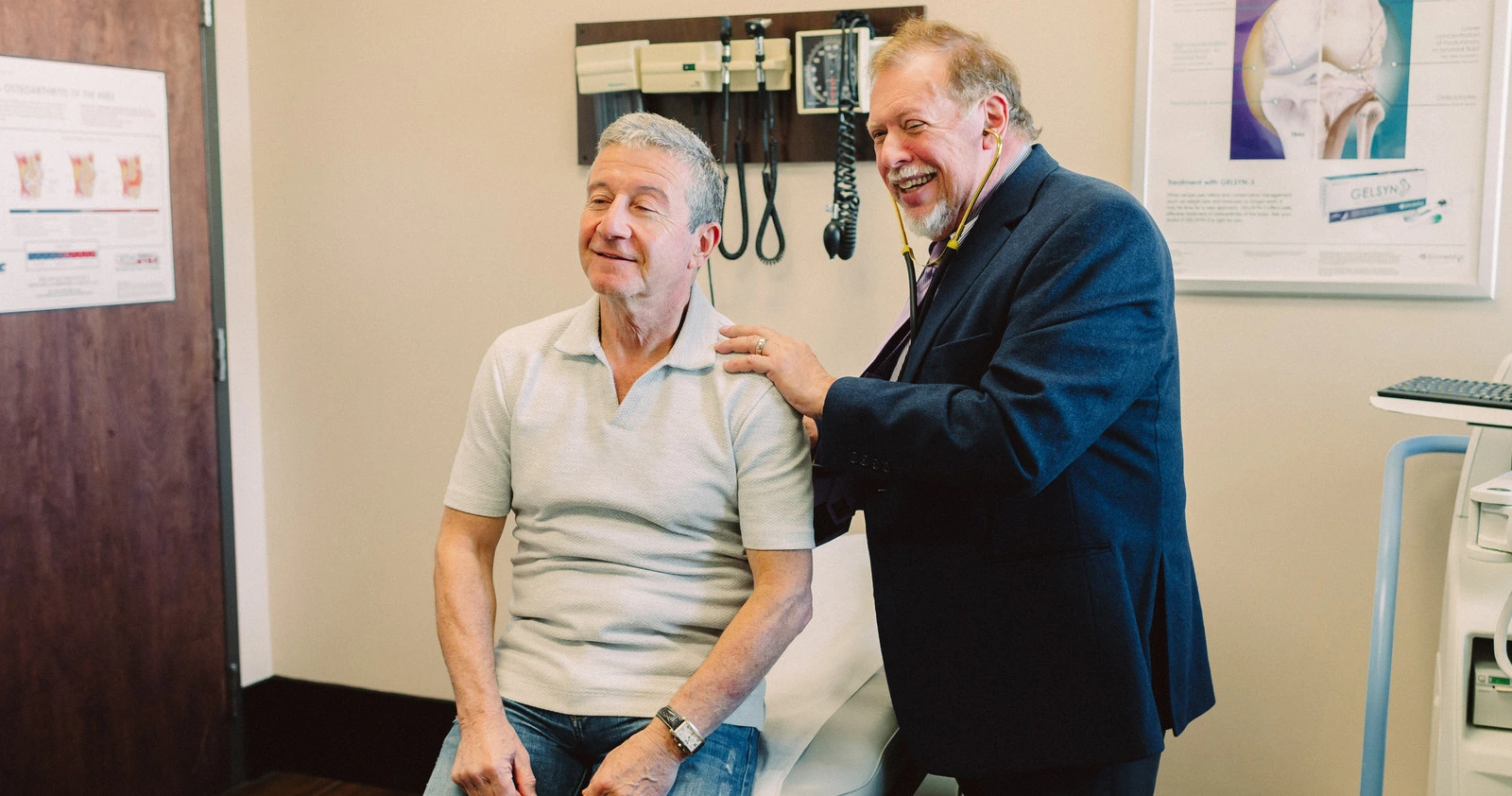
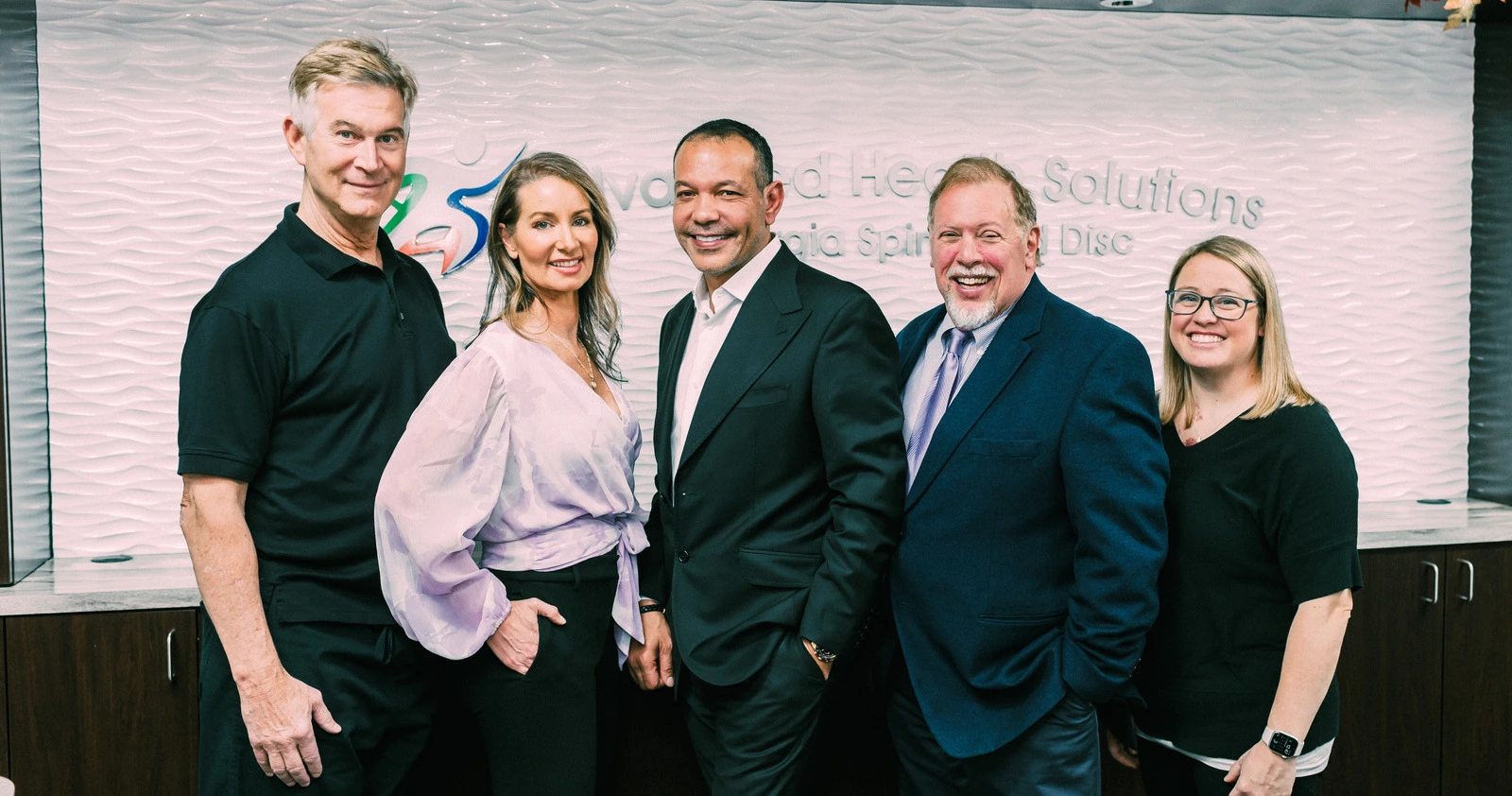
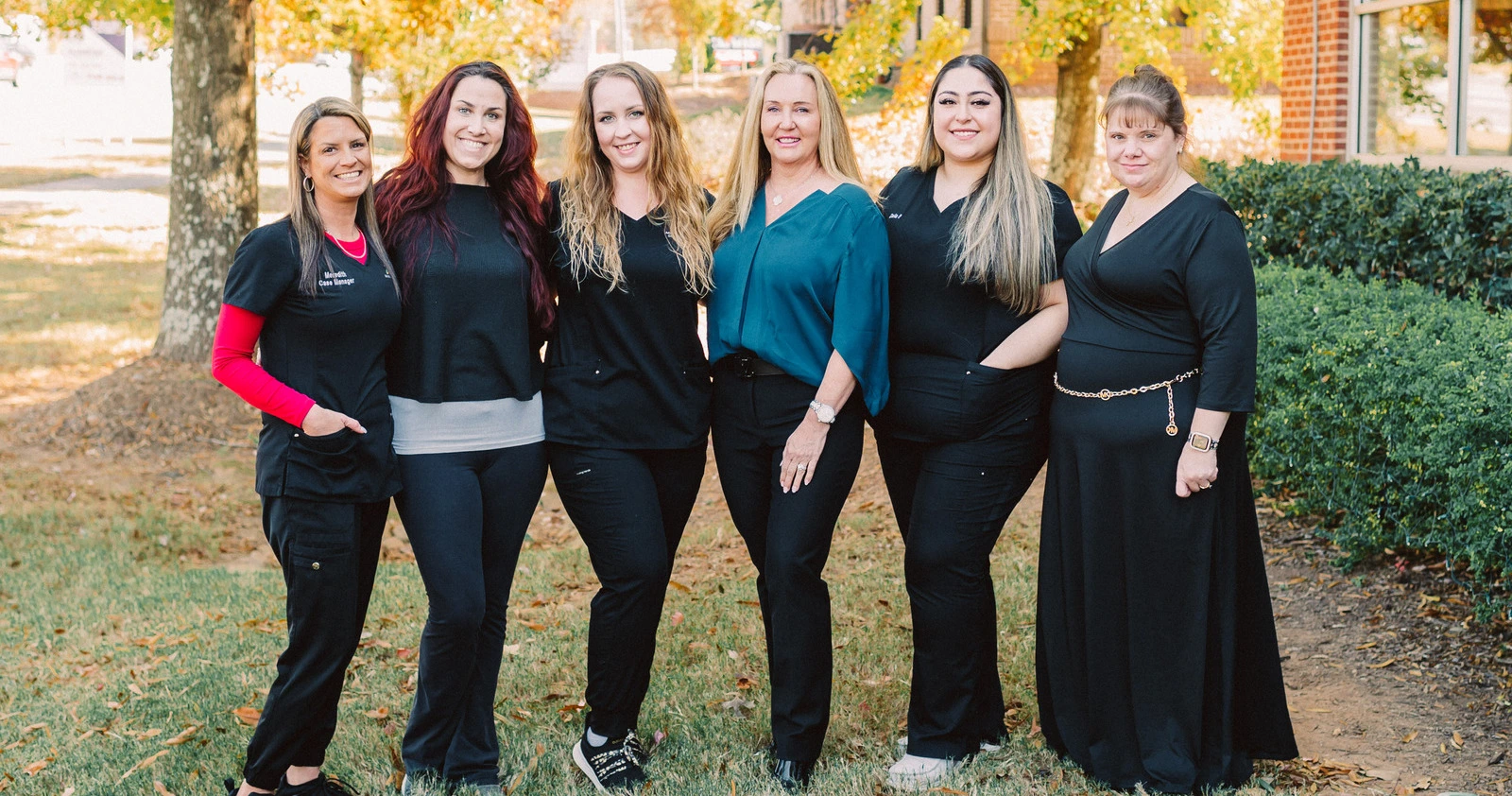
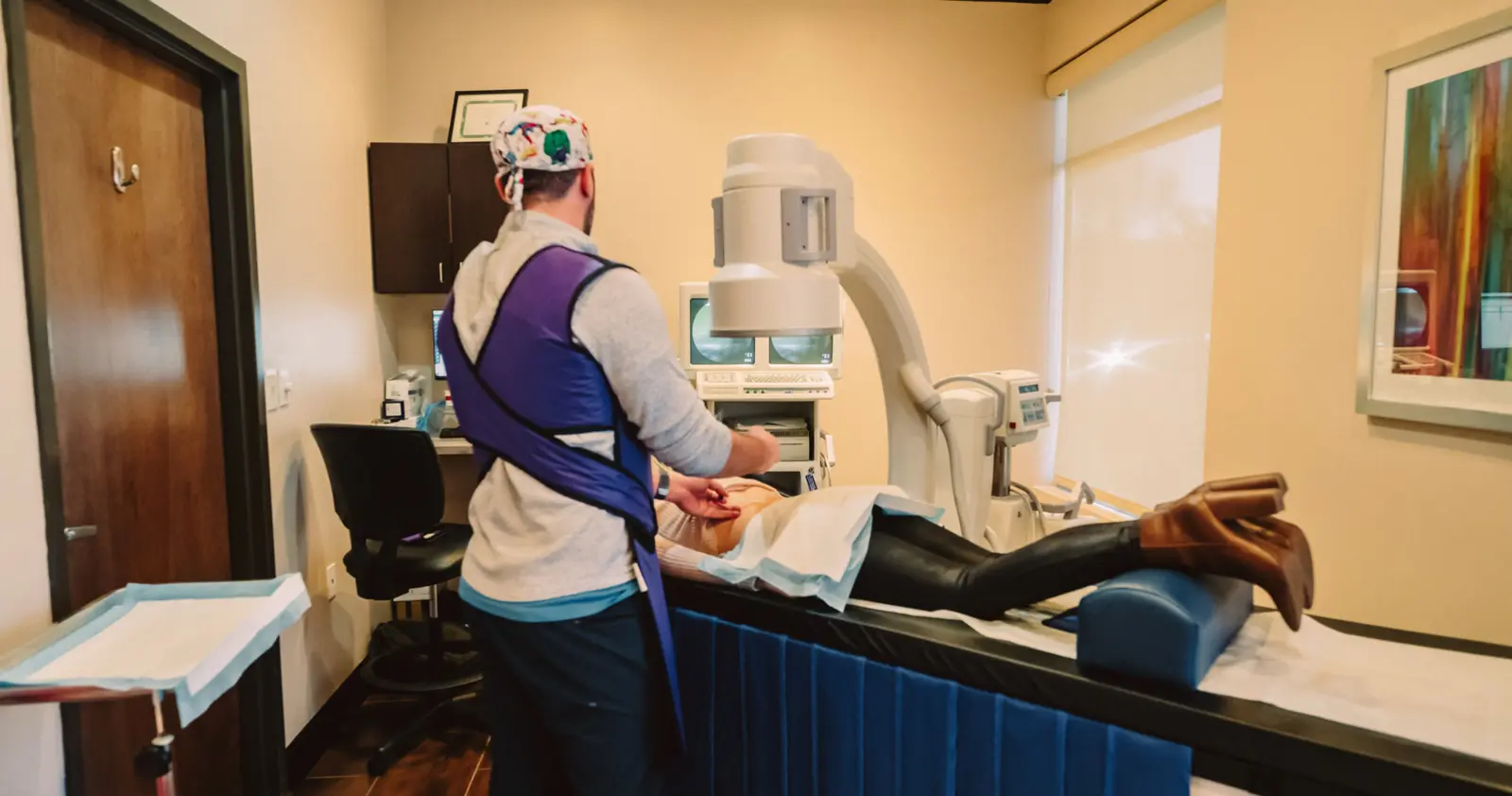
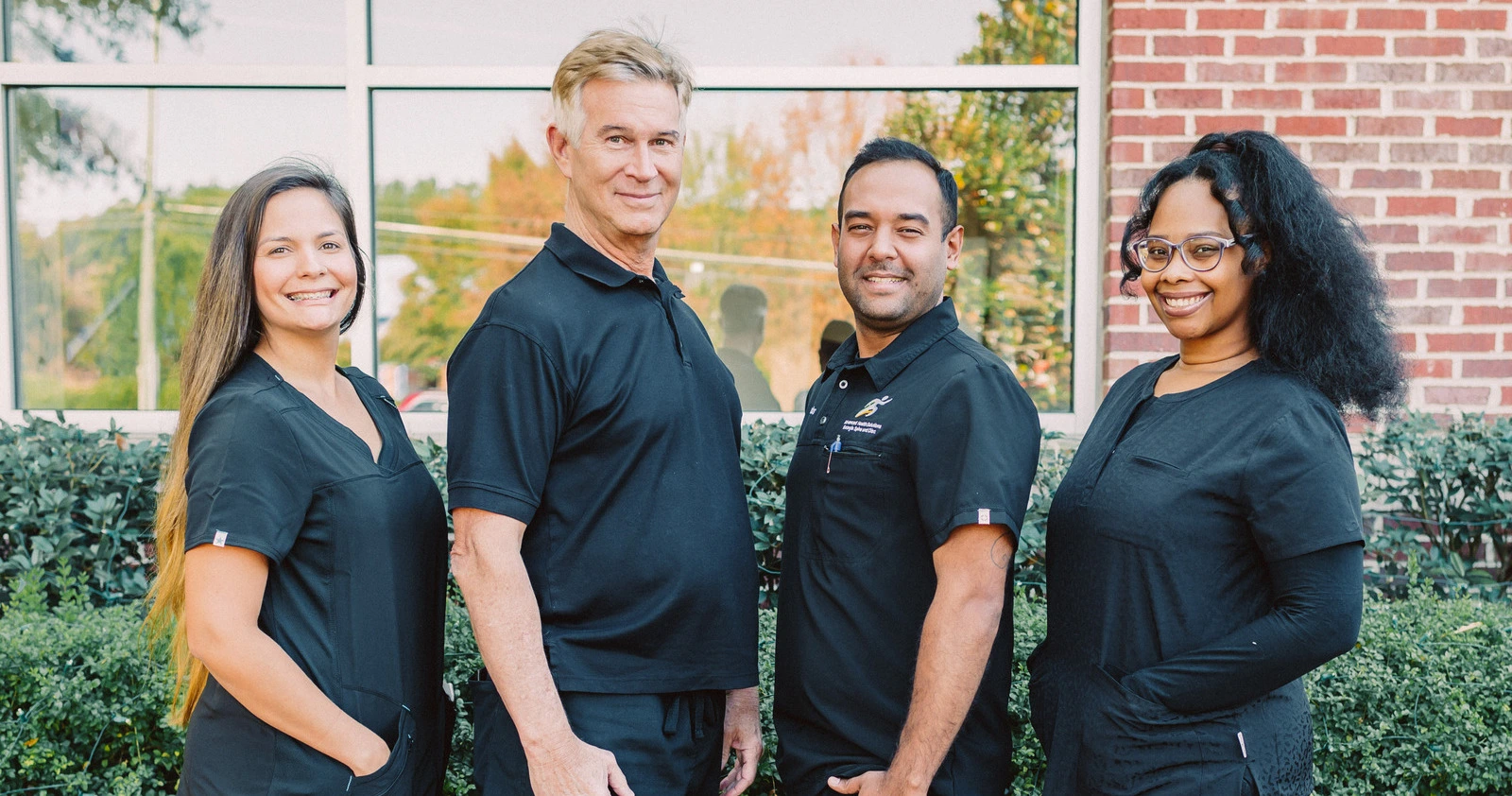
Our medical clinic offers a wide range of services, including primary care, specialty care, preventive care, diagnostic testing, chiropractic, physical therapy, and more. We strive to provide comprehensive and personalized healthcare to our patients.
Our medical professionals are highly trained and experienced in their respective fields. We have a team of doctors, nurses, specialists, and support staff who are dedicated to providing quality care and ensuring the well-being of our patients.
Our clinic(s) are conveniently located in a central area, with easy access to public transportation and ample parking facilities. We understand the importance of accessibility and strive to make it convenient for our patients to reach us. See all locations
We take pride in our high patient satisfaction rates and positive outcomes. We regularly collect feedback from our patients to continuously improve our services and ensure we meet their expectations. Read Our Reviews
We strive to work with a wide range of insurance providers to ensure that our services are accessible to as many patients as possible. We also offer flexible payment options and financial assistance programs to make healthcare affordable for our patients.
The purpose of this visit is to assess your symptoms, diagnose any potential conditions, and provide appropriate treatment or recommendations. Your healthcare provider will outline the recommended treatment plan, which may include medications, lifestyle changes, therapies, or referrals to specialists, depending on your condition.
In addition to our core medical services, we may offer additional benefits such as extended hours, online appointment scheduling, electronic medical records, and patient education resources.
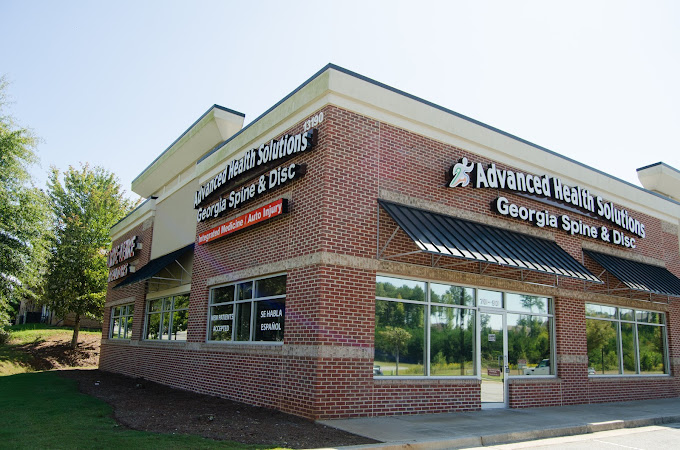

We are a Multidisciplinary Clinic with over 75 years of Combined Experience